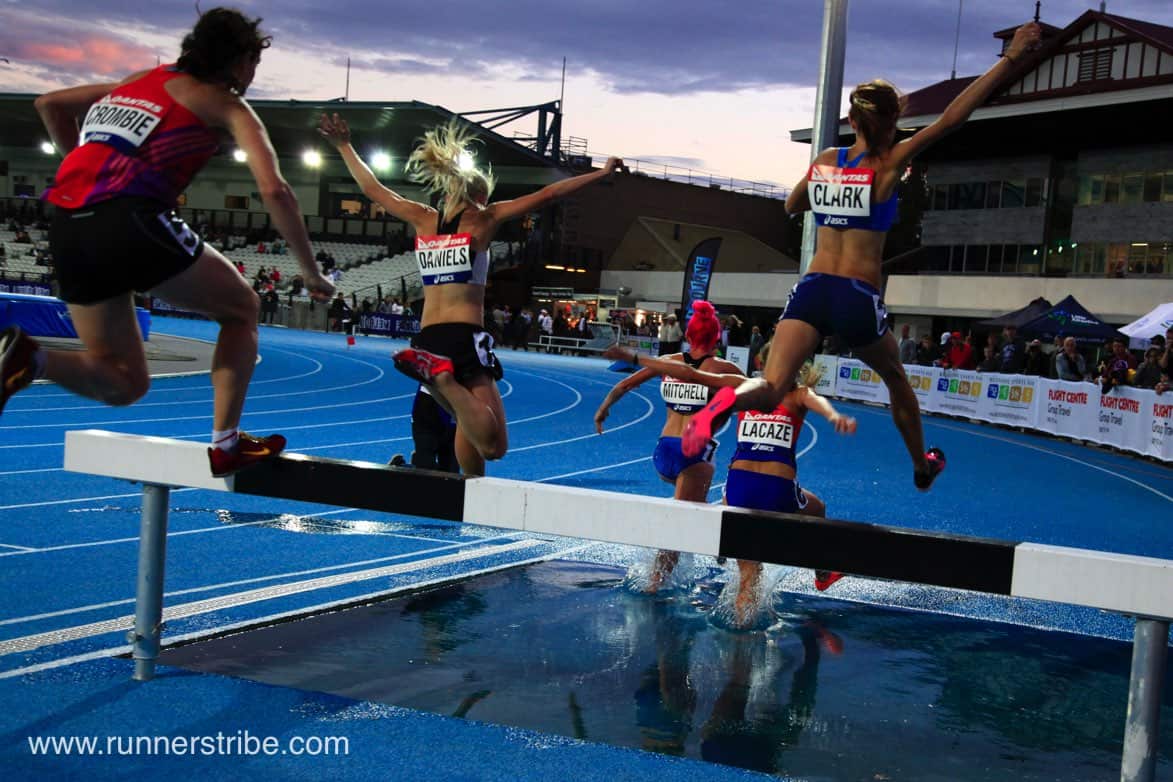Why Strength Training is critical for runners
By Mark Blomeley for Runner’s Tribe
One of the key things that I tell all my athletes is that strength training is building block for all athletic development. No matter what sport you play, you need to learn how to move properly and gain the efficiency in movement that comes with being strong. Running should not be considered any differently.
If you don’t remember me from previous articles, I’m a Strength and Conditioning Coach and have now started coaching open age track athletes as well. I use the core principle that strength training is the building block for athletic development, to direct what I initially do with my athletes in the gym, regardless of sport or discipline.
I certainly feel that there is still a lot of confusion and uncertainty when it comes to strength training. Core training, Pilates and yoga still seem to dominate what runners do in the gym. While these sorts of training are great, they should be complimentary to a carefully considered and periodised strength training program.
Think of it this way…
If you see an athlete in the gym moving a lot of weight, regardless of the sport that they do, what do you think to yourself? Do you think, wow that’s impressive or do you think that athlete is too strong? Almost always it’s the former.
I have never heard anyone say, nor have I said myself that an athlete is too strong. It’s pretty simple, if you’re strong you’re more efficient in movement and you’re able to overcome or absorb more force. Running is about absorbing force and then creating force, which strength training simply improves your musculoskeletal system to do more efficiently.
Core training, Yoga and Pilates assist you stabilise and ensure you don’t leak efficiency, which gives you the ability to stabilise better as you run. Strength training allows you to produce more force or absorb more impact.
This is why these two sorts of training are complimentary.
At this point it’s important that I make that point that strength does not need to equal gain in mass. Muscle mass is gained through predominantly high volume work with a moderate weight. When you train low volume with high weight then you significantly reduce the muscle that you gain.
Like all good programming it comes back to testing. What I normally aim to see is an increase in mass in runners during the preseason / offseason by about 2-3kg. Then as the season commences overall mass will be decreased by about the same. If mass gain exceeds this then it’s a matter of decreasing the volume in the program.
One of the keys to running efficiency is obviously minimising weight. However we can’t simply generalise this way either. Running efficiently is about having good functional body mass. In other words, minimise body fat, have some functional muscle mass but always assess how any increase in muscle mass effects the ability of the athlete to move.
I have always seen tremendous gains in my runners on the track as well as in their ability to move by applying high loads to their training. A philosophy that I always use is to find what works with each individual athlete. Strength training is something that takes time to develop and see the benefits. Generally the first 12 months of strength training is just about learning to move and starting to gain some strength. The real benefits are longer term.
My advice to runners is to try strength training. If after 12 months you honestly can’t see any positive changes in running or injury prevention then don’t continue.
For more information on Strength Training for running or setting up a personalised 4 week program for strength or running Mark can be contacted on his website http://www.markblomeley.com.au.
